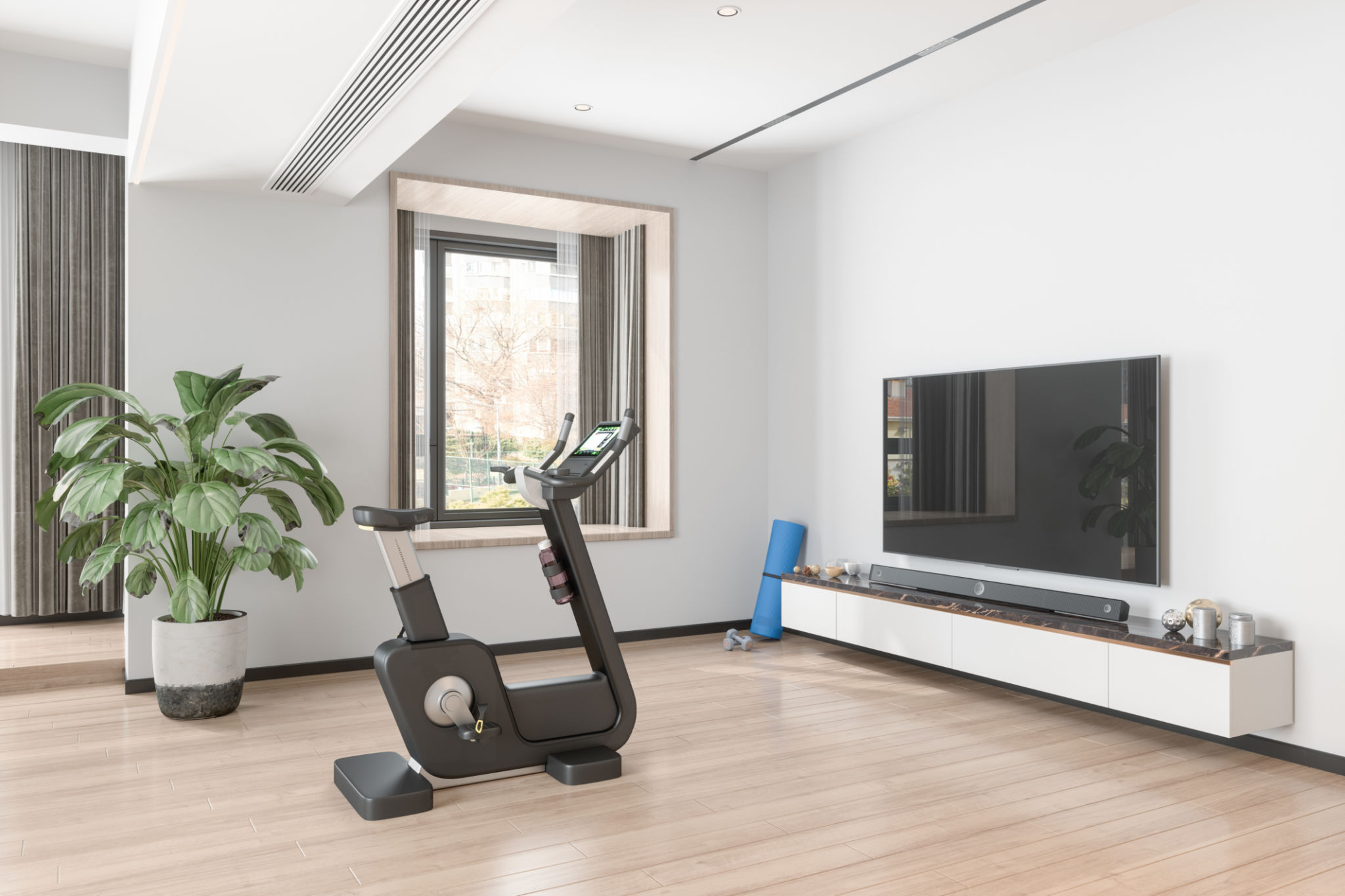Debunking Myths About Rehabilitation Training Equipment
Understanding Rehabilitation Training Equipment
Rehabilitation training equipment is essential for individuals recovering from injuries or surgeries, as well as those seeking to improve mobility and strength. However, several myths cloud the perception of these tools, often leading to confusion and misguided choices. In this blog post, we aim to debunk some of these myths and provide clarity on the true benefits and uses of rehabilitation equipment.

Myth 1: Rehabilitation Equipment Is Only for Athletes
One common misconception is that rehabilitation training equipment is exclusively designed for athletes. While athletes may use these tools to recover from sports injuries, they are not the only ones who benefit. In reality, rehabilitation equipment is beneficial for a wide range of individuals, including seniors, post-surgery patients, and those with chronic conditions like arthritis.
These tools offer various levels of support and resistance, making them suitable for all ages and fitness levels. They help improve strength, flexibility, and balance, which are crucial for everyday activities and overall well-being.
Myth 2: It Requires a Professional Setting
Another myth is that rehabilitation training must be conducted in a professional setting, such as a physical therapy clinic or gym. While professional guidance can be beneficial, many forms of rehabilitation equipment are designed for home use. Items like resistance bands, balance boards, and foam rollers are compact and user-friendly, allowing individuals to perform exercises in the comfort of their homes.

This accessibility empowers individuals to take control of their recovery process and maintain consistency in their rehab routines without the need for constant professional supervision.
Myth 3: Rehabilitation Equipment Is Expensive
Some people believe that rehabilitation training equipment is prohibitively expensive. However, this is not always the case. Many affordable options are available on the market that can effectively aid in the recovery process. For instance:
- Resistance bands
- Foam rollers
- Balance pads
These tools provide excellent value for money and can be used for a variety of exercises, making them a cost-effective choice for those on a budget.

Myth 4: It's Only for Injury Recovery
Rehabilitation training equipment is not solely for injury recovery. It also plays a crucial role in preventive care and overall physical health maintenance. By incorporating these tools into regular exercise routines, individuals can strengthen their muscles, improve flexibility, and reduce the risk of future injuries.
Furthermore, rehabilitation exercises can enhance posture and alleviate chronic pain, contributing to long-term health benefits beyond immediate recovery needs.
The Importance of Accurate Information
Debunking these myths highlights the importance of accurate information when it comes to rehabilitation training equipment. Understanding the versatility and accessibility of these tools can open up new opportunities for individuals seeking to improve their health and recovery outcomes.
In conclusion, rehabilitation training equipment is a valuable asset for a wide range of users, offering diverse applications and benefits that go far beyond common misconceptions.